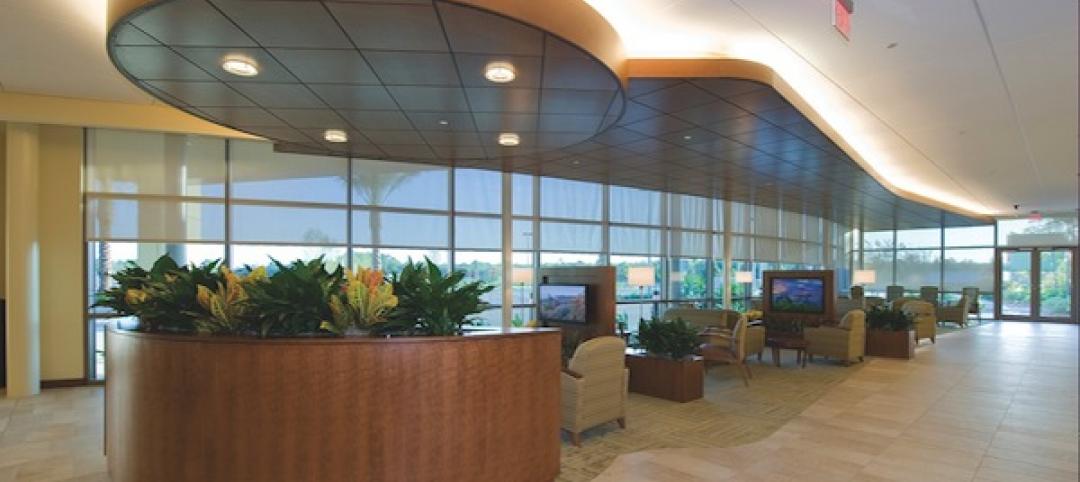After operating the first biomass boiler in the Ketchikan, Alaska, Federal Building, the U.S. General Services Administration (GSA) has concluded that biomass boilers are a viable alternative for hot-water-heated buildings where natural gas is unavailable.
According to a study by the National Renewable Energy Laboratory (NREL), biomass boilers will be most cost-effective for buildings in cold northern climates within 50 miles of a wood pellet mill. Of the more than 1,500 GSA-owned buildings, researchers identified approximately 150 assets as potential candidates for biomass heating technology.
“This study allowed us to pilot a sustainable technology that supports GSA’s goal of improving the efficiency of federally owned buildings,” said GSA Regional Administrator George Northcroft. “And the results are extremely encouraging and hopefully continue a larger conversation about overall movement toward a more sustainable, abundant and locally-produced energy source in Southeast Alaska.”
The biomass boiler is a renewable energy technology that powers hot-water-heating systems with solid wood fuel—such as wood pellets, chips, or sawdust. Biomass is one tactic the federal government is turning to as part of an effort to make the federal government more sustainable.
The boiler, installed at the Ketchikan Federal Building in March 2012 by Southwest Construction, a small, woman-owned business with operations in Anchorage, is part of the GSA’s Green Proving Ground (GPG) program. GSA replaced the building’s outdated, inefficient 1964 steam heating system with an energy efficient hydronic heating system that includes one biomass boiler and one high-efficiency oil-fired boiler that will serve as a back-up.
During the first year of operation, GSA ran the new system to test the efficiency and effectiveness of biomass to heat the federal office building. By using both boilers, GSA expected reduced fuel oil consumption by at approximately 50 percent in the first year with potential for greater reductions after the first winter. The Ketchikan Federal Building historically burned up to 9,000 gallons of fuel oil each year.
The Green Proving Ground program leverages GSA’s real estate portfolio to evaluate emerging sustainable building technologies. The program aims to drive innovation in environmental performance in federal buildings and help lead market transformation through deployment of new technologies.
Find this report, two other new reports, other previously released reports and more information about GSA’s Green Proving Ground program at www.gsa.gov/GPG.
Related Stories
Sponsored | | Jul 15, 2015
Get a Higher Return on Your Retrofit Investment with New Building Envelope Analysis Service
Sponsored | Insulation | Jun 18, 2015
A modern approach to continuous insulation
The poject included replacing the original residence halls built in the 1970s
Sponsored | Transit Facilities | Jun 15, 2015
Success through teamwork for landmark California project
The Anaheim Regional Transportation Intermodal Center (ARTIC) is the Grand Central Station of the future
HVAC | Feb 6, 2015
ASHRAE, REHVA publish guide to chilled beam systems
The guide provides tools and advice for designing, commissioning, and operating chilled-beam systems.
Brick and Masonry | Feb 5, 2015
3D-printed 'cool brick' may provide cooling solution for arid locations
Cool Brick is made of porous ceramic bricks set in mortar. The bricks absorb water, which cools the air as it passes through the unit.
| Dec 28, 2014
New trends in ceiling designs and materials [AIA course]
A broad array of new and improved ceiling products offers designers everything from superior acoustics and closed-loop, recycled content to eased integration with lighting systems, HVAC diffusers, fire sprinkler heads, and other overhead problems. This course describes how Building Teams are exploring ways to go beyond the treatment of ceilings as white, monolithic planes.
| Sep 5, 2014
Uponor launches new stainless-steel manifold for radiant heating and cooling applications
Made of corrosion-resistant stainless steel, the manifold is available in 1" and 1¼" sizes in 2 through 8, 10 and 12 loop configurations.
| Aug 14, 2014
8 do's and don'ts for completing an HVAC life cycle cost assessment
There are many hurdles to overcome when completing a life cycle cost assessment. RMF Engineering’s Seth Spangler offers some words of advice regarding LCCAs.
| Aug 14, 2014
Life cycle cost analysis using energy modeling
A life cycle cost analysis helps a school district decide which HVAC system to use in $198 million worth of future building projects.















